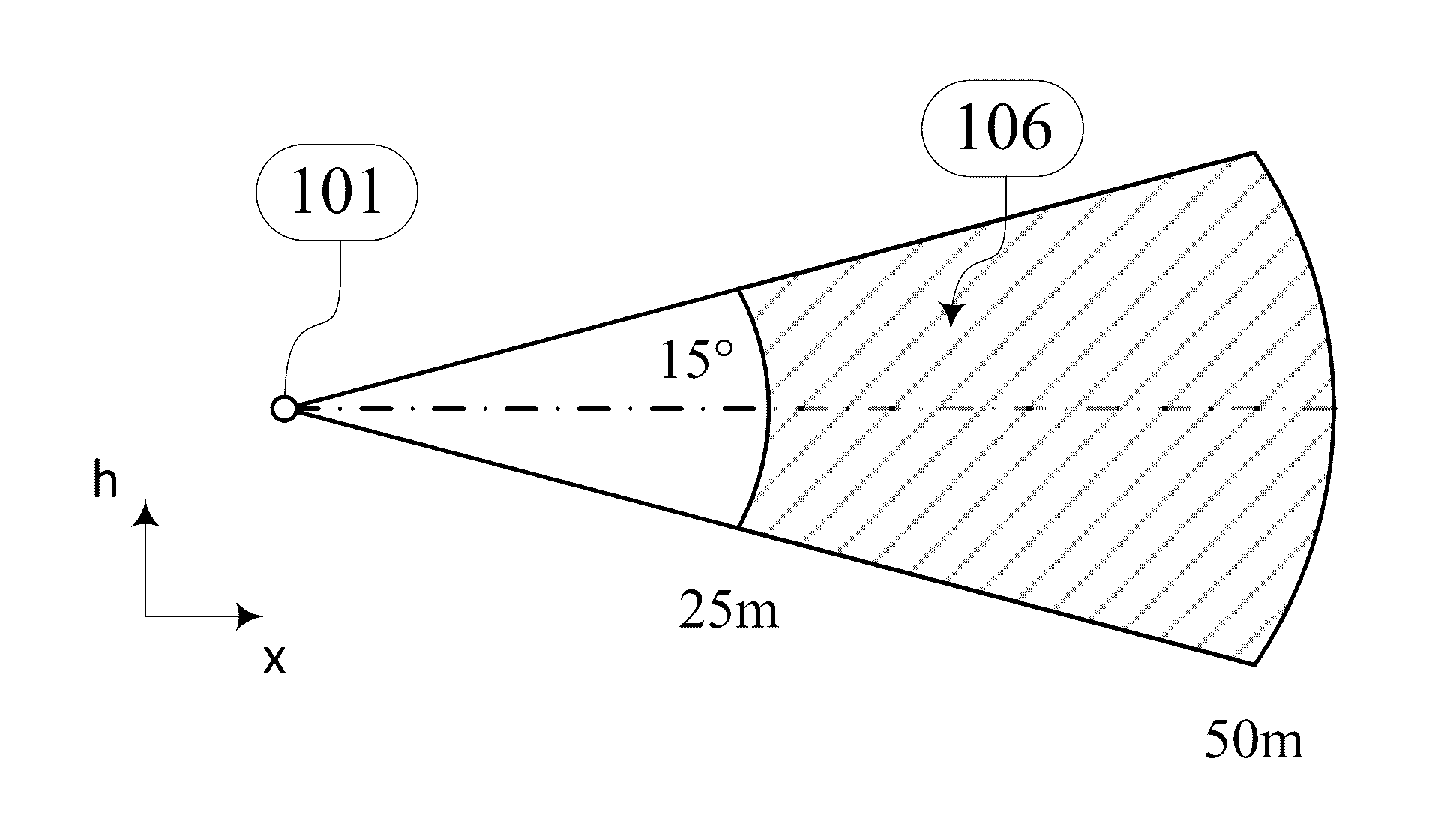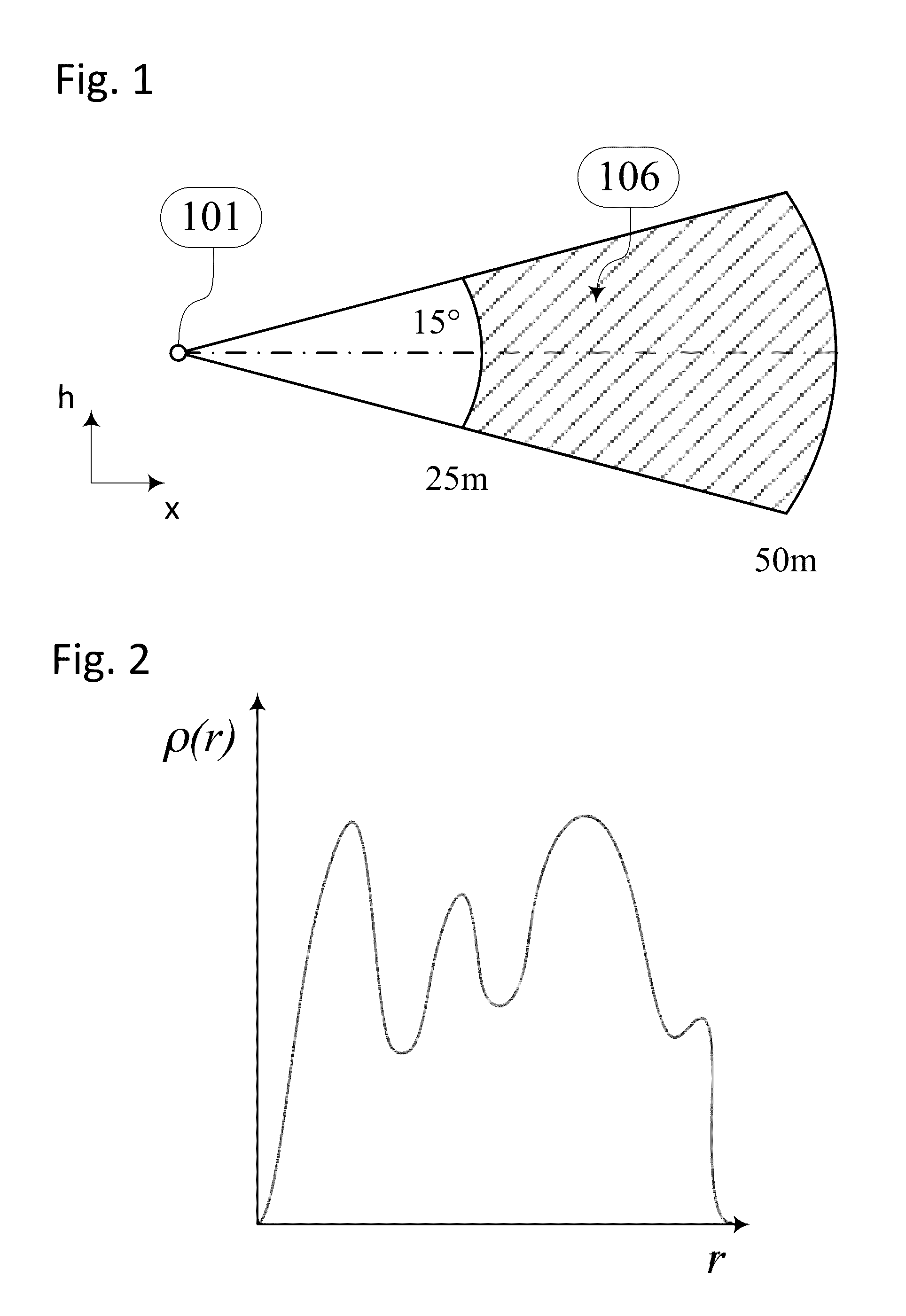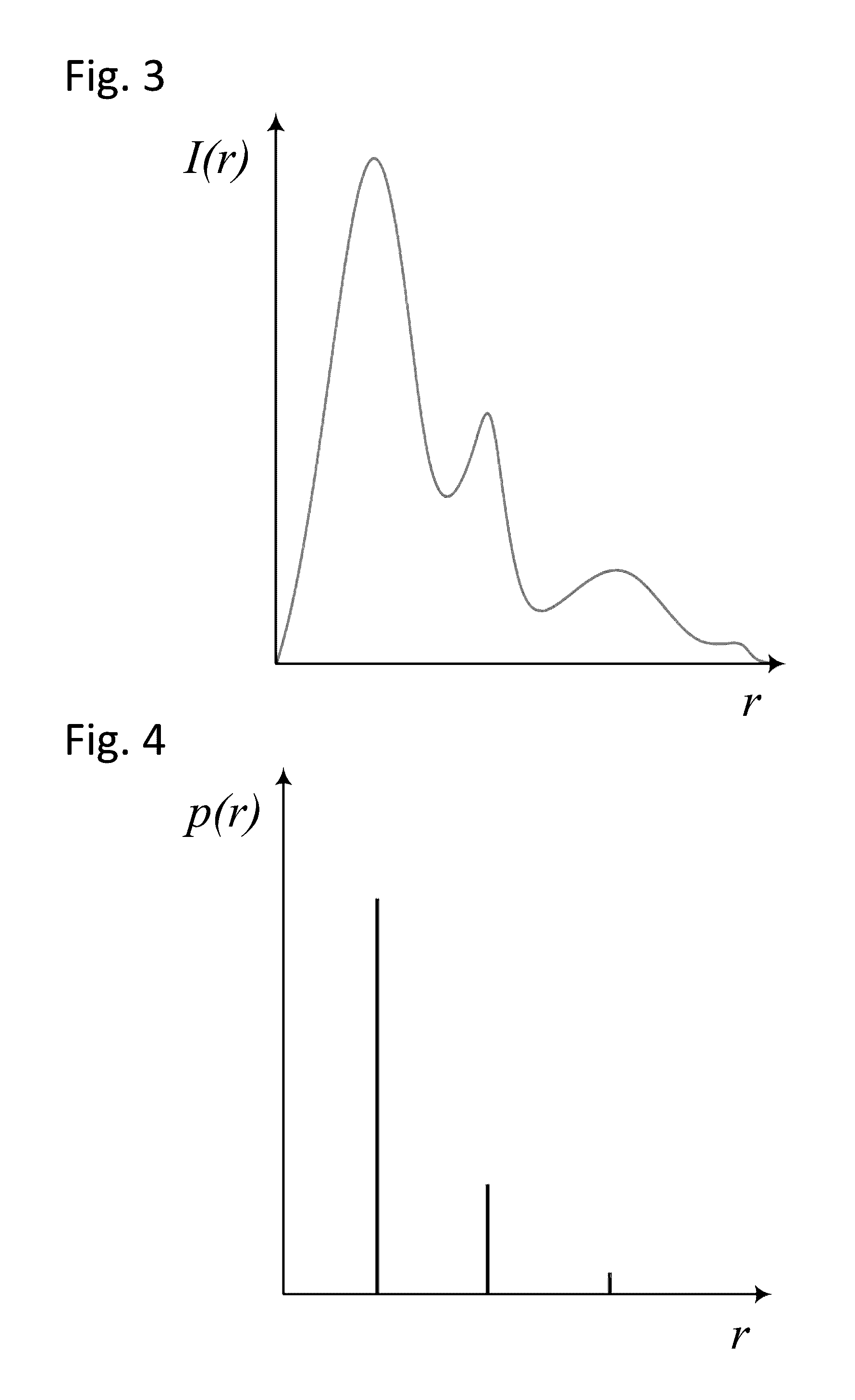Method for segmenting the data of a 3D sensor produced in the presence of aerosol clouds for increasing the situational awareness and the location detection of obstacles
a technology of aerosol clouds and 3d sensors, which is applied in the field of segmenting data of 3d sensors produced in the presence of aerosol clouds, can solve the problems of reducing the situational awareness of pilots, reducing the pilot's situational awareness, and reducing the pilot's spatial orientation above the ground, so as to increase the situational awareness and the location detection of obstacles, and prevent the loss of spatial orientation
- Summary
- Abstract
- Description
- Claims
- Application Information
AI Technical Summary
Benefits of technology
Problems solved by technology
Method used
Image
Examples
Embodiment Construction
[0049]The exemplary embodiment described below is specifically focused on a helicopter landing while a brownout is occurring. Accordingly, the following description applies to all mentioned aerosol clouds as well as application cases (mobile, static use).
[0050]The present invention involves a method that, based on high resolution 3D laser data, is capable of detecting the turbulent dust, segments and removes the dust from the pilot's synthetic display (for example helmet visor, HUD or monitor). This method allows the user, in particular for a pilot, to practically look through the dust and thus avoid a loss of spatial orientation in the event of a brownout. Even the detection of relatively small obstacles, for example in the landing zone of a helicopter, through the brownout cloud is achievable.
[0051]In order to be able to detect turbulent sand and dust for the purposes of the invention algorithmically, the laser sensor used should preferably scan a sufficiently large horizontal and...
PUM
 Login to View More
Login to View More Abstract
Description
Claims
Application Information
 Login to View More
Login to View More - R&D
- Intellectual Property
- Life Sciences
- Materials
- Tech Scout
- Unparalleled Data Quality
- Higher Quality Content
- 60% Fewer Hallucinations
Browse by: Latest US Patents, China's latest patents, Technical Efficacy Thesaurus, Application Domain, Technology Topic, Popular Technical Reports.
© 2025 PatSnap. All rights reserved.Legal|Privacy policy|Modern Slavery Act Transparency Statement|Sitemap|About US| Contact US: help@patsnap.com



